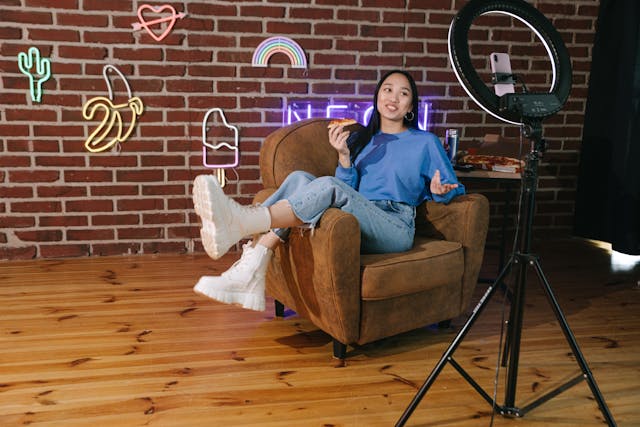Micro-Influencers vs. Paid Ads: Which Delivers Better ROI for Small Brands?
For small brands trying to grow, deciding where to spend marketing money is a big challenge. Two popular options are working with micro-influencers or running paid ads. Both can help reach new customers, but which one gives a better return on investment (ROI)? This article breaks down the pros and cons of each to help small brands make smart marketing choices.

What Are Micro-Influencers?
Micro-influencers are social media users with a smaller but highly engaged audience—usually between 1,000 and 100,000 followers. Unlike big celebrities, micro-influencers often have close, trusting relationships with their followers. They promote products in an authentic way that feels natural and personal.
What Are Paid Ads?
Paid ads are advertisements you pay for on platforms like Facebook, Instagram, Google, or YouTube. These ads target specific groups based on age, location, interests, and more. They help brands reach a wide audience quickly and control exactly who sees the message.
Pros of Using Micro-Influencers
- Higher Engagement: Followers often trust and listen to micro-influencers more than traditional ads.
- Authenticity: Influencers create genuine content, making their promotions feel less “salesy.”
- Cost-Effective: Micro-influencers usually charge less than big influencers or traditional ad campaigns.
- Niche Audiences: Brands can target very specific groups by choosing the right influencers.
Pros of Using Paid Ads
- Control and Flexibility: You decide exactly who sees your ads and when.
- Scalability: Ads can reach thousands or millions quickly as your budget allows.
- Measurable Results: Ad platforms provide detailed data on clicks, views, and sales.
- Fast Results: Paid ads can drive immediate traffic and sales.
Which Delivers Better ROI?
For many small brands, micro-influencers offer better ROI because of their trust and engagement. Customers tend to respond more positively to personal recommendations, which can lead to higher conversion rates.
However, paid ads can be powerful for fast growth or reaching very large audiences, especially when campaigns are well-managed and targeted.
Finding the Right Balance
The best strategy might be combining both. Start with micro-influencers to build authentic connections and test what messaging works. Then use paid ads to scale up your most successful campaigns.

Final Thoughts
Micro-influencers and paid ads both have their place in small brand marketing. Micro-influencers often provide better engagement and trust, while paid ads offer reach and control. Understanding your goals, budget, and audience will help you decide which option delivers the best ROI for your brand.
Smart marketing means using the right tools at the right time—and sometimes that means using both.












